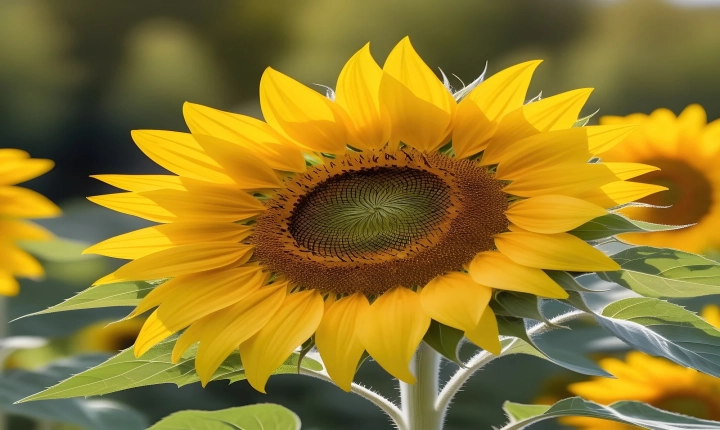Title: How to Train AI to Create Art: The Journey of Teaching an AI to Paint
Artificial intelligence (AI) has become an increasingly popular tool in the world of creativity and art. As technology advances, AI is being utilized to create stunning works of art, blurring the lines between human creativity and machine intelligence. One such application of AI in art is teaching it to paint, an endeavor that requires a combination of technical expertise and artistic vision.
Training an AI to paint involves a complex and multidisciplinary approach, encompassing elements of machine learning, computer vision, and art theory. The process can be divided into several key steps, each essential in shaping an AI into a proficient painter.
Data Collection and Preprocessing
The first step in training an AI to paint is gathering a diverse and comprehensive dataset of artwork. This dataset serves as the foundation for the AI’s learning process, providing it with a wide range of artistic styles, genres, and techniques to draw from. The dataset may include paintings, sketches, and other visual art forms, both historical and contemporary.
Once the dataset is acquired, it undergoes preprocessing to ensure that the images are standardized and labeled. This involves tasks such as resizing, cropping, and categorizing the images, making them suitable for training the AI.
Model Selection and Training
With the preprocessed dataset in hand, the next step is to select a suitable model for training the AI. This involves choosing an architecture that can effectively learn and generate artistic images. Convolutional neural networks (CNNs) are commonly used for this purpose, as they are well-suited for image recognition and synthesis tasks.
The selected model is then trained using the preprocessed dataset, a process that involves exposing the AI to thousands or even millions of images. Through a method called supervised learning, the AI learns to identify patterns and features in the artwork, gradually improving its ability to generate original paintings.
Style Transfer and Creativity
One of the challenges in training an AI to paint lies in imparting it with a sense of creativity and style. To achieve this, techniques such as style transfer can be employed. Style transfer involves extracting the artistic style of a particular painting and applying it to a new, original image. By exposing the AI to various styles and allowing it to experiment with combining them, it can develop its own unique artistic flair.
Feedback and Refinement
Throughout the training process, feedback plays a crucial role in shaping the AI’s artistic output. Human input, in the form of critiques and evaluations, helps the AI to refine its techniques and approach. By analyzing the AI-generated paintings and providing feedback, creators can guide the AI towards producing more compelling and evocative artwork.
Ethical Considerations and Controversies
As with any application of AI, training an AI to paint raises ethical considerations and controversies. Questions of authorship, originality, and the impact on the art world are relevant to this endeavor. Some argue that AI-produced art may lack the emotional depth and intention of human-created art, while others view it as a new form of artistic expression, borne of the collaboration between human and machine.
Conclusion
Teaching an AI to paint is a fascinating and challenging process that requires a deep understanding of both art and technology. As AI continues to advance, its potential in the realm of art and creativity grows, offering new possibilities for artistic exploration and expression. By combining technical expertise with artistic sensibility, creators can train AI to paint, pushing the boundaries of what is possible in the world of art.
